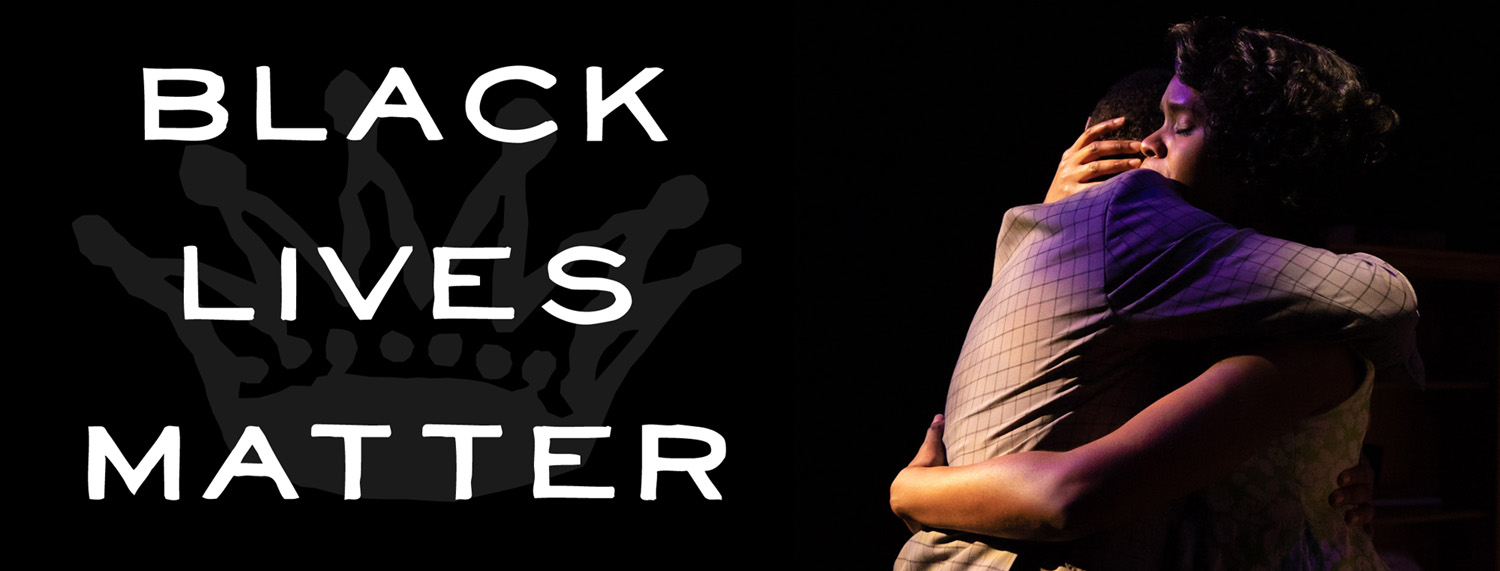L.A. TIMES
However much we acknowledge the importance
of challenging the old cultural guard, experiments in the opera run up against a formidable
legacy. David Rodwin takes the O-word for a spin in his engaging project, "virtual
motion," billed as a"one-man hyper-opera," which had its premiere at the
Heliotrope Theater on Thursday and continues tonight and next weekend.
The tragicomic tale of Mike, a hapless virtual reality designer facing existential,
romantic and automotive woes, the work is often fascinating and strangely poignant. It is
brought to life by a hyper-hyphenate: Rodwin serving as
composer-cast-narrator-mime-choreographer-dancer and generally a self-reliant
conceptualist.
Surface effects--Rodwin's dazzling and
literally multifaceted performance, for instance--are clever enough to momentarily
distract us from the simmering angst. Throughout, themes of dislocation and alienation
hover over like dark clouds, as does the specter of looming catastrophe, whether a fatal
automobile accident or the doomed flight of the Challenger or lost love. Rodwin gamely
juggles several roles, splitting personalities right and left, and right.
Still, questions dog us: For one, is this,
in fact, an opera? A textual-musical component runs throughout, but usually without a
melodic line, and when songs do appear, they tap into a bland language of pop and
Broadway. In its best passages, the sonic framework is based on precise, rhythmic
fragmentation passed through a sampler and woven into a fairly simplistic fabric of
Rodwin's electroacoustic sounds, Lester Lewis' guitar and Mark Zaki's often doubled violin
parts.
The sum effect can be a bit too canned.
Then again, artifice is part of the aesthetic equation. Nothing is quite as it seems. The
empathetic qualities of the vignettes are kept at bay through a disarming blend of
lip-syncing and live speech, with occasional--and serviceable--singing. Cartoon sound
effects punctuate the proceedings, adding to the "virtual" ambience. The story
itself is told in jigsaw-puzzle chronology, gradually revealing itself.
A spare but effective scheme by lighting
designer Aaron Francis and director Valeria Vasilevski help maximize the minimal setting.
But the stage truly belongs to Rodwin. If less than a musical triumph or an operatic
innovation, his "hyper-opera" serves as a psychodrama of his own admirable
invention, and execution.
-Josef Woodard,
©1998 LA Times
